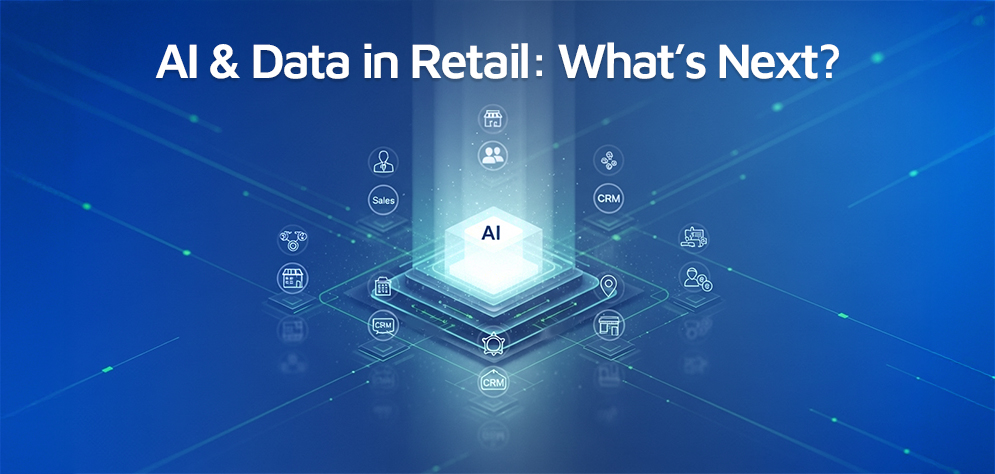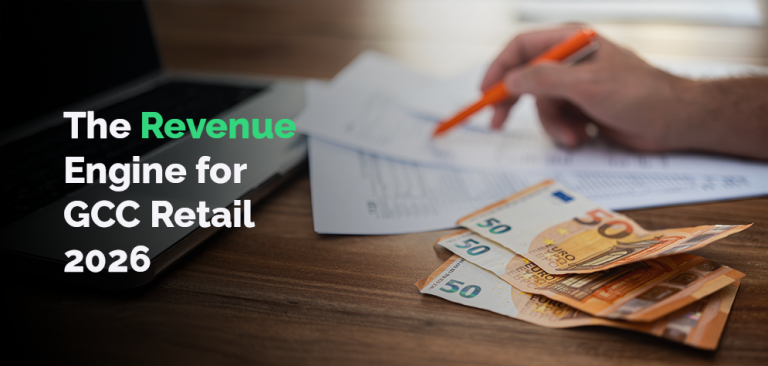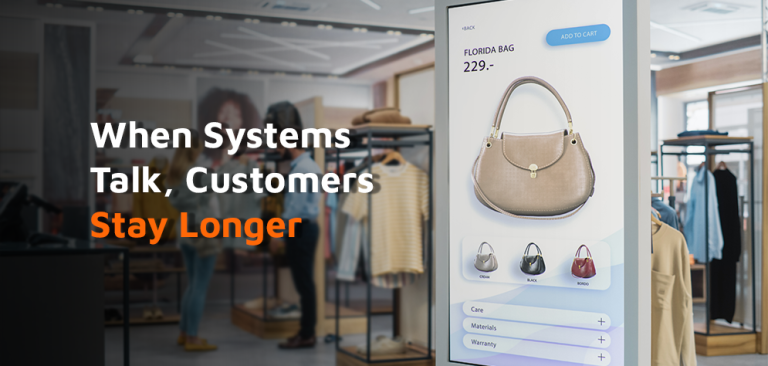Not long ago, retail decisions were made in boardrooms, not in real time. Merchandisers reviewed last quarter’s sales. Marketers relied on post-campaign lift reports. Operations waited for monthly stockout data.
Today, that pace is no longer enough.
Consumers move fast. Expectations shift overnight. If you’re still making decisions based on what happened last month, you’re already behind.
The most competitive retail brands are now powered by real-time AI and predictive analytics. They don’t just respond to trends they anticipate them. They don’t just track customers they understand them before they churn.
This isn’t the future. It’s the new retail baseline.
Why Traditional Retail Data Falls Short
Retail Brands have always had data of SKUs, receipts, store logs, clickstreams but most of it lives in silos. And even when stitched together, it’s often:
- Lagging — insights that reflect what already happened
- Partial — pulled from isolated channels or disconnected tools
- Manual — requiring human interpretation, often too late to act
The result? Decision fatigue. Missed opportunity. And a loyalty gap between brands and their shoppers.
Gut instinct can’t scale. But AI can.
From Descriptive to Predictive
Retail analytics is evolving.
It’s not just about dashboards that summarize yesterday. It’s about engines that project tomorrow.
AI enables:
- Demand Forecasting that adjusts pricing and promotions on the fly
- Anomaly Detection that spots fraud or operational failures instantly
- Churn Risk Alerts that trigger retention offers automatically
- Basket Analysis that surfaces high-margin bundles dynamically
These are not just “insights.” They’re instructions.
Where AI Is Creating Impact Right Now
Let’s look at real, practical wins across the retail stack:
1. Churn Prediction That Powers Retention
Instead of waiting for customers to disappear, AI flags those most likely to leave. Brands can:
- Launch automated win-back flows
- Serve personalized offers before it’s too late
- Measure churn retention across cohorts
2. Smart Inventory That Prevents Lost Sales
AI forecasts stock levels based on real-time signals like:
- Location-based demand surges
- Weather trends or events
- Supply chain disruptions
This leads to fewer backorders, better margins, and higher fill rates.
3. Behavioral Segmentation for Hyper-Targeting
Forget broad personas. AI segments customers based on micro-signals like:
- Browsing behavior
- Time since last purchase
- Email engagement or app usage
The result: smarter campaign delivery and significantly higher ROI.
4. In-Store AI: Beyond the Checkout
Computer vision and IoT sensors enable:
- Heatmaps that optimize shelf placement
- Traffic flow data to refine store layouts
- Smart fitting rooms or touchless checkout integrations
Brick-and-mortar is getting smarter and fast.
From Data Exhaust to Data Advantage

Here’s the truth: most retail brands don’t lack data…they leak it.
Receipts, chat logs, loyalty program clicks, CRM tags; these are often ignored or underutilized.
AI turns that “data exhaust” into insight fuel. Retail brands that build systems to learn from every customer interaction will outperform those still struggling to clean spreadsheets.
How to Prepare Your Brand
If you’re serious about evolving, don’t start with the tech. Start with the value chain.
Here’s what to prioritize:
- Unify Your Data – Break down silos between POS, CRM, ERP, and commerce systems
- Prioritize Use Cases – Focus on 2–3 problems where predictive AI can drive measurable ROI
- Close the Loop – Collect data → generate insights → take automated action → repeat
This is how retailers shift from reactive firefighting to proactive optimization.
Closing Thought
AI isn’t a futuristic edge. It’s the cost of staying relevant in modern retail.
The question isn’t whether to adopt it; it’s whether your systems, people, and data are ready to act on it.
Because in retail, speed wins. And AI is how you get there first.








